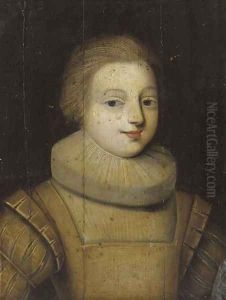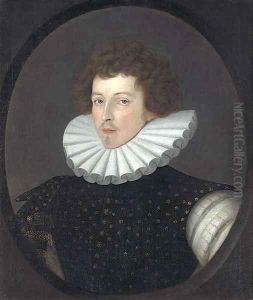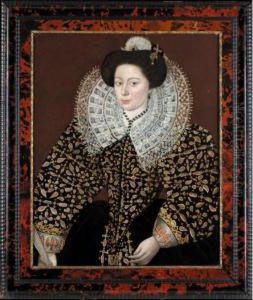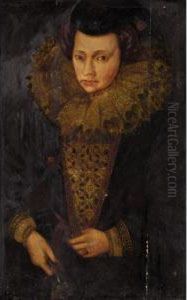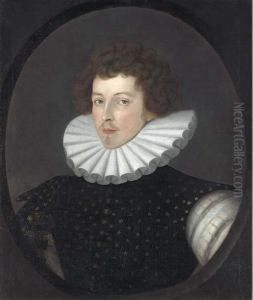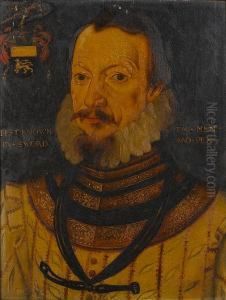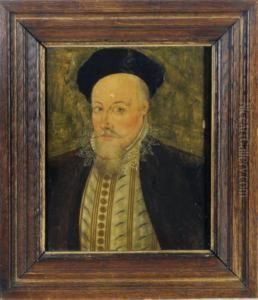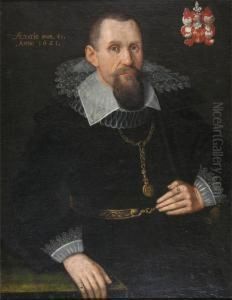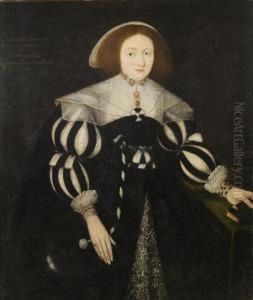Sir William Segar Paintings
Sir William Segar was a notable English herald and portrait painter during the late 16th and early 17th centuries. Born around 1554, Segar's early life details are not thoroughly documented. However, he is most renowned for his work as an officer of arms and his contributions to heraldry, which is the practice of designing, displaying, and recording coats of arms and heraldic badges.
Segar became a heraldic painter in 1585 under the guidance of Robert Cooke, who was the Clarenceux King of Arms at the time. By 1596, Segar had risen to the rank of Portcullis Pursuivant of Arms, and later, he was promoted to the office of Garter Principal King of Arms in 1607. This position was the highest in English heraldry, and it afforded him considerable prestige.
As a herald, Segar played a significant role in the ceremonies and state functions of his time, including the funeral of Queen Elizabeth I and the coronation of her successor, King James I. He was also responsible for verifying and granting coats of arms and ensuring that the nobility properly displayed their heraldic devices.
Beyond his heraldic duties, Segar was a competent portrait painter, although none of his paintings have the same prominence as his heraldic work. His artistic skills were often utilized in the creation of illuminated manuscripts related to his heraldic duties.
Segar's importance as a herald was recognized when he was knighted in 1616 by King James I. His legacy includes several important heraldic manuscripts, such as the 'Segar's Roll,' which is a roll of arms containing the coats of arms of English nobility of his time.
Sir William Segar died in 1633, leaving behind a body of work that significantly contributed to the understanding and development of heraldry in England. His influence persisted through the works he created and the systems he helped put in place for the regulation and recording of coats of arms.
